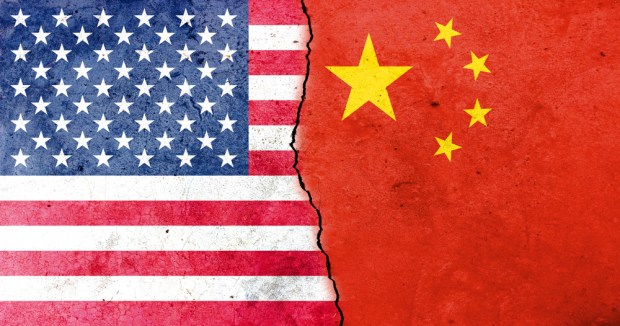Tariffs’ Tussle On Chinese Investments Mere Saber-Rattling?

In economics, it’s all fun and games until someone starts a trade war and loses some GDP.
The steel tariffs have been levied. The aluminum tariffs are in place. The Trump administration had in weeks’ past looked to level a trading playing field on a global scale, yet without really taking aim at China.
The latest salvos that came last week, though, target Beijing squarely and could have far-reaching repercussions for commerce. Or maybe, increasingly likely, not.
President Donald Trump is putting tariffs in place that would equate to as much as 25 percent of $60 billion in exports from China that come to the U.S.
Beyond tariffs, other actions loom. They include curtailing investments by Chinese companies on these shores, with the aim of keeping intellectual property close to the proverbial vest. Findings from United States Trade Representative Robert Lighthizer state that China curbs foreign ownership on firms and also mandates that technology be transferred from those U.S. firms to Chinese ones. Then, too, there’s a bit of spying and other clandestine tactics afoot that accomplish the same IT appropriation.
The strategy against China, accomplished via presidential memorandum, may be waged on multiple fronts. The impact will be concentrated and may have some blowback here in the States. More on that in a minute.
There’s always the looming specter of retaliation. China has said through its ambassador that “if people want to play tough, we will play tough with them.”
So, with the way things are shaping up, Lighthizer has a few days to produce a list of products ripe for tariffs, and he will also seek a “dispute” settlement via the World Trade Organization centered on tech licensing. As for investments, that’s the purview of Treasury Secretary Steven Mnuchin.
Trump has said intellectual property theft impacts the United States to the tune of hundreds of billions of dollars annually, which implies, perhaps, that the tariffs are less than commensurate.
China’s response in recent days has been a bit more conciliatory. Through the Chinese ministry, a statement appealed thusly: “The Chinese side urges the U.S. side to resolve the concerns of the Chinese side as soon as possible,” and a dialogue “would avoid damage to overall Chinese-U.S. cooperation.”
The tariffs China targets would embrace a rather slim slice of goods, with a somewhat agricultural focus. Consider the fact that the tariffs are concentrated on things like apples and wine, where the sum total is about $1 billion and where the tariffs would be about 15 percent.
Might this be much ado about nothing? A tempest designed to rattle sabers and nothing more? We’ll stop mixing metaphors.
Last week, Trump signaled the initial actions would be “the first of many.” The ultimate goal seems to be a $100 billion reduction in the trade deficit, which by all measures totals in the hundreds of billions of dollars.
The exercises could escalate, of course. China could take a page from Europe and broaden its punitive actions and the scope of its tariffs. Or it could slap new rules on tech companies seeking to operate in the country. The permutations are many, and the road may be a long one, with starts and stops.
But in the meantime, the Trump gambit may work, at least a bit. This morning, and one day after the stock market rallied, strongly, on the heels of reports of trade talks, China said it would open its markets somewhat.
Premier Li Keqiang said negotiations should continue. And now China has said it will buy more semiconductors from the United States, with decreased buying from South Korea and Taiwan. That overture comes as China buys, annually, about $2.6 billion in semis from the United States.
And yet, buying chips may only chip away at the larger issues. Multinational companies still look to China for growth, and China still has levers to pull here. In one visible set of corporate actions, Apple moved its iCloud accounts in the region to servers run by the state, as dictated by the government.
In some sense, you have to play by the rules in the arena that houses the game — a possible burden that lies beyond tariffs, and where new rules can crop up at the government’s whim. It’s a trade war of a different sort and will still be fought.
